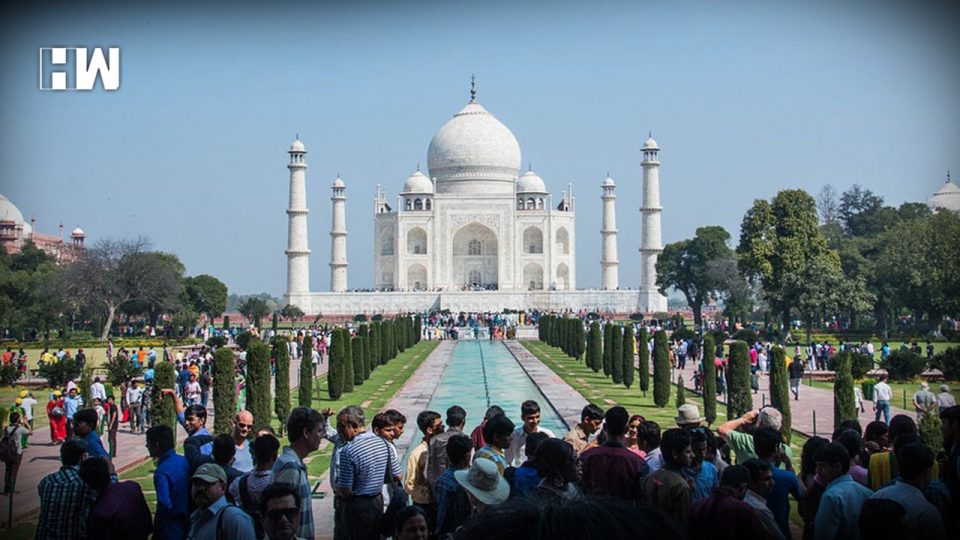New Delhi | The Supreme Court on Thursday criticised the Yogi Adityanath led Uttar Pradesh government for its failure in preserving the Taj Mahal.
“Who is exactly the in-charge of the Taj Mahal?” In its observation, the court further said, “the left-hand doesn’t know what the right hand is doing. It is surprising. Taj Trapezium Zone (TTZ) authority has done nothing since it was set up in 1996,” asked the Supreme Court.
The apex court also questioned the state government for filing a draft of the vision document with respect to the Taj Mahal trapezium. The court asked, “Why have you filed a draft? Are we supposed to correct it?”
The Supreme Court division bench headed by Justice Madan Bhimrao asked the government about the in-charge of the environment protection and redevelopment of the area. “First environment ministry files affidavit, then ASI, then the Uttar Pradesh government. What is happening?” questioned Justice Bhimrao.
Justice Lokur while observing that nobody wants to take responsibility for the world heritage site said, “Someone has to take responsibility. There has to be one authority which takes charge. It seems that authorities have washed their hands off the Taj.” He further added, “We are now in a situation where a vision document is prepared without the involvement of the ASI.”
Attorney General KK Venugopal, who was representing Uttar Pradesh government, submitted his report to the Supreme court that the ASI was not responsible for the relocation of industries in the Taj trapezium zone.
“Yellowing of the Taj was prevented and after chemical treatment, it was made white again. But now, Taj is decaying again. UNESCO is thinking about declassifying the Darjeeling railway from the list of Heritage sites. It will be a huge embarrassment for the country if Taj is also removed,” he added.
Earlier on July 24, the Uttar Pradesh government submitted its draft vision document to the Supreme Court on the restoration of Taj Mahal and assured the court of steps to preserve the heritage structure.
The proposed draft vision states about declaring an entire area near Taj Mahal a plastic-free zone including the ban on bottled water, impose a complete ban on construction activities on the riverbed of the Yamuna and have better traffic management with more space for pedestrians.
The state government further added that it would soon develop a design to rehabilitate and relocate slums near the Taj Mahal and added that no permission would be given for construction in the reserved forest areas.
As an independent media platform, we do not take advertisements from governments and corporate houses. It is you, our readers, who have supported us on our journey to do honest and unbiased journalism. Please contribute, so that we can continue to do the same in future.

